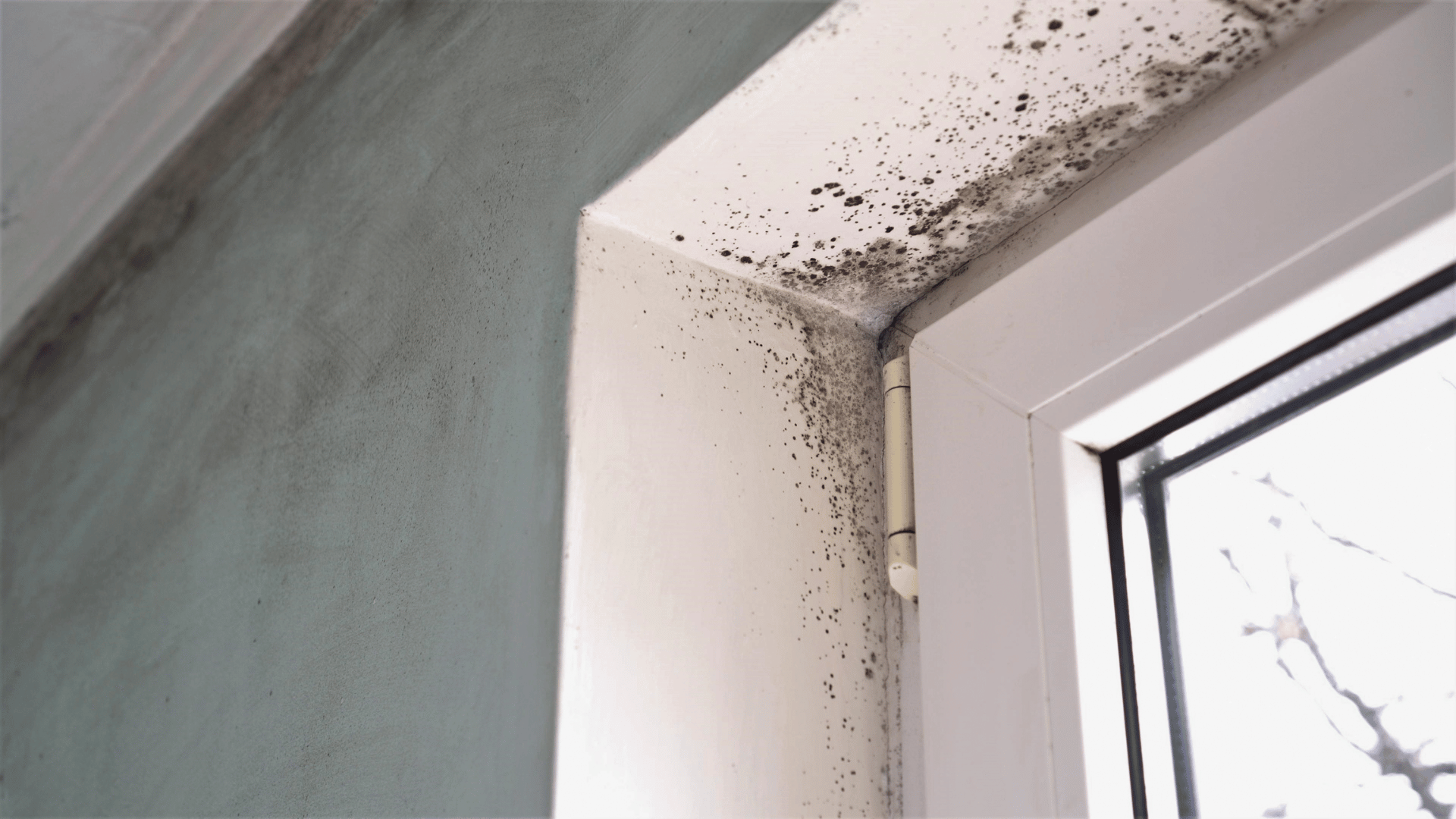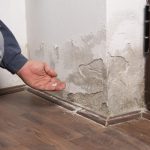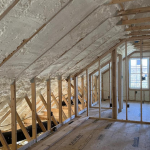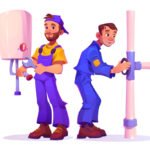Mold is an insidious intruder that can cause significant damage to your home and health if left unchecked. While it often begins in hidden or hard-to-reach areas, mold can quickly spread and become a much larger issue. Unfortunately, by the time it’s visible, the problem may already be severe. Identifying the early warning signs of mold growth in your home is critical to preventing long-term damage and ensuring the safety of your household. Here are ten telltale signs you may have mold in your home and tips on how to detect it.
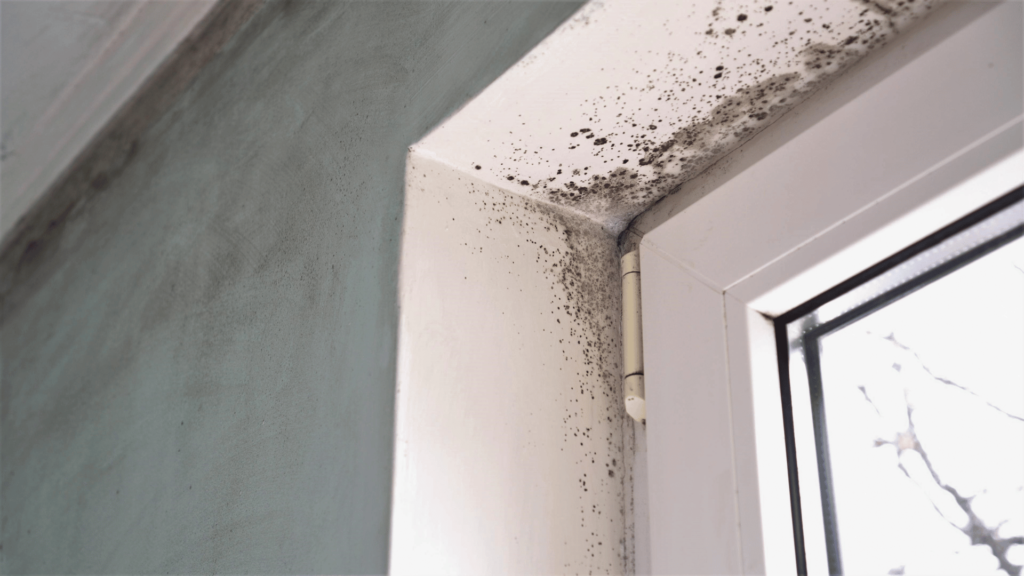
Content
1. Musty Odors
One of the first signs of mold in your home is a persistent musty smell. Even if you cannot see visible mold, a strong, damp odor can indicate that mold is growing in hidden areas such as behind walls, under flooring, or in crawl spaces. Mold produces this distinctive smell as it grows and releases microbial volatile organic compounds (MVOCs). If you notice this odor, particularly in areas prone to moisture, it’s time to investigate further.
2. Visible Mold Growth
Visible mold is perhaps the most obvious sign that there’s a problem. Mold can appear in various colors, including black, green, white, or even pink, depending on the type. You might notice it growing in areas like bathroom grout, under sinks, on ceilings, or on walls where moisture collects. Even small patches of mold should not be ignored, as they can quickly spread to other parts of your home.
3. Water Stains or Discoloration
Water stains or discoloration on walls, ceilings, or floors are often signs of mold growing beneath the surface. Mold thrives in damp environments, so areas where moisture has been present for extended periods are perfect breeding grounds. If you see yellowish or brownish stains, or even peeling paint or wallpaper, it could indicate that water damage is promoting mold growth behind the scenes.
4. Allergy Symptoms
Mold can trigger allergic reactions even if it’s hidden. If you or your family members experience symptoms such as sneezing, coughing, itchy or watery eyes, and a runny nose when indoors, it could be a sign that mold is present. Mold spores can become airborne, aggravating pre-existing allergies or asthma. If symptoms worsen when you’re inside the house but improve when you leave, mold may be the culprit.
5. Respiratory Issues
Mold can cause more than just allergy-like symptoms. Exposure to mold, especially black mold (Stachybotrys), can lead to more severe respiratory problems. If you or someone in your home starts to experience frequent coughing, wheezing, shortness of breath, or even asthma attacks, it could be due to mold exposure. Mold spores can irritate the lungs and exacerbate existing respiratory conditions.
6. Condensation Buildup
Condensation on windows, pipes, or walls can signal excess moisture in your home, creating the perfect environment for mold growth. Persistent condensation can indicate that your home’s humidity levels are too high, which encourages mold to thrive. Pay attention to condensation during colder months or in rooms with poor ventilation, as these are often the first places mold will appear.
7. Peeling or Bubbling Paint and Wallpaper
Moisture buildup inside walls can cause paint and wallpaper to start peeling, bubbling, or cracking. This is not only a sign of water damage but also an indication that mold may be growing underneath. Mold tends to grow in hidden spaces, and by the time the paint or wallpaper shows signs of damage, the mold problem may already be widespread.
8. Warped or Damaged Floors
Mold often thrives beneath flooring materials that have been exposed to moisture. Wooden floorboards may become warped or start buckling, while carpet may feel damp or begin to smell musty. Even tile or vinyl floors can hide mold if the moisture has seeped into the subfloor. If you notice uneven floors or unexplained soft spots, mold could be lurking below.
9. Past Flooding or Water Damage
If your home has ever experienced flooding, a leaky roof, or burst pipes, there’s a high likelihood that mold could develop if the area was not properly dried and treated. Mold can begin to grow within 24 to 48 hours of a water intrusion, so if you’ve had any past water damage, it’s essential to monitor the affected areas closely for mold development.
10. Increased Humidity Levels
High humidity levels indoors (above 60%) can lead to condensation and moisture buildup, which in turn promotes mold growth. If your home feels excessively humid or damp, particularly in areas like the bathroom, kitchen, or basement, mold may already be present. Using a hygrometer to measure humidity levels in different parts of your home can help you detect potential mold-friendly environments.
How to Detect Hidden Mold
Even when mold isn’t visible, it can still be present in your home, particularly in areas prone to moisture such as attics, basements, crawl spaces, and behind walls. Here are a few tips to help you detect hidden mold:
- Inspect moisture-prone areas regularly: Check areas like under sinks, around windows, behind appliances, and in basements for signs of water damage or mold.
- Use a moisture meter: These devices can detect moisture levels in materials like drywall, wood, and concrete, helping you identify areas at risk for mold growth.
- Consider a professional mold inspection: If you suspect hidden mold but can’t locate it, hiring a mold removal company can help. They have specialized tools and expertise to detect and eliminate mold from your home, ensuring a safe and thorough removal process.
Conclusion
Mold can cause significant damage to both your home and your health if not addressed promptly. Being aware of the early signs of mold growth and understanding how to detect it in hidden areas is crucial to preventing the problem from escalating. By paying attention to warning signs like musty odors, water stains, and allergy symptoms, you can take steps to eliminate mold before it spreads. If you suspect mold in your home, don’t hesitate to take action and consult with professionals to ensure the issue is resolved thoroughly and safely.

Christine Kelley is a dedicated home blogger who has been blogging for over six years. She covers everything home related. Christine also loves writing posts about her travels to Europe with her husband and two children.

